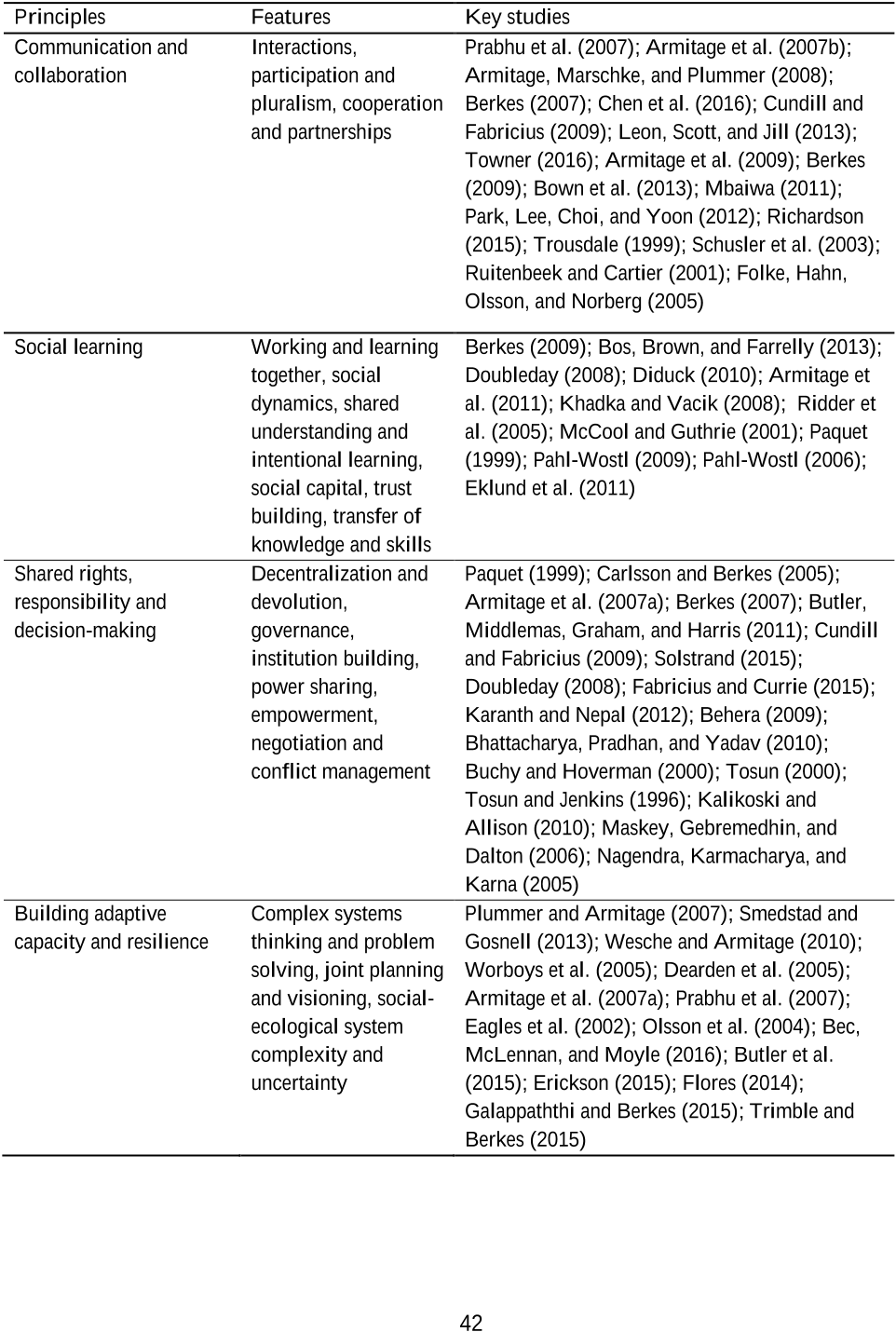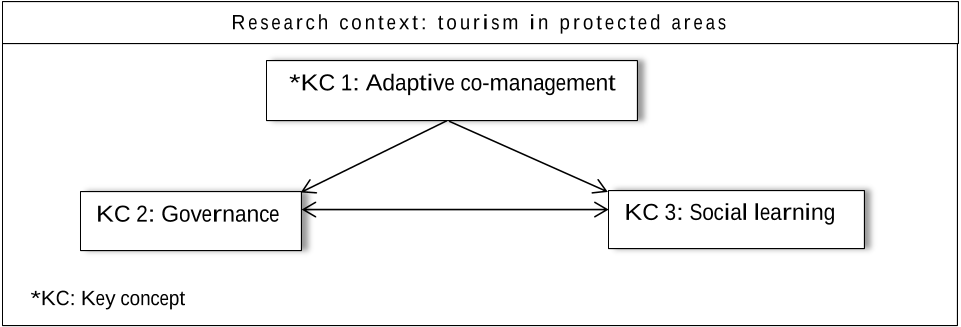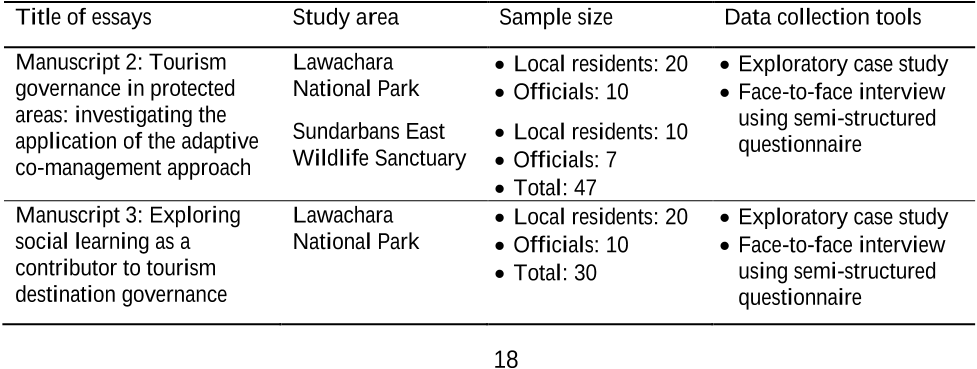




Did you find this useful? Give us your feedback






















688 citations
53 citations
49 citations
11 citations
6 citations
31 citations
...The establishment of an efficient governance system is therefore recognised as a fundamental practice for tourism destinations wishing to promote sustainable development and conservation, particularly when sustainable development is to be achieved through collective and coordinated actions between state and non-state agencies (private and NGOs) (Bramwell, 2011; Butler et al., 2015; Chen et al., 2016; Elands, Islam, & Van der Duim, 2015; Lai et al., 2016; Romeiroa & Costab, 2010; Sarkki, Rantala, & Karjalainen, 2015; Towner, 2016)....
[...]
...My gratitude to Forest Department and NGOs for providing me their assistance for conducting my field works to collect the necessary information....
[...]
...107 5.5.6 NGOs as mediators ....................................................................................................... 108 5.6 Limitations of the research ................................................................................................... 108 5.7 Recommendations for future research.................................................................................. 109 5.8 Concluding remarks ............................................................................................................. 111 LIST OF REFERENCES USED IN THIS THESIS ........................................................................ 114 APPENDICES ................................................................................................................................. 144 Appendix 1: Interview protocol ................................................................................................... 144 Appendix 2: Ethical clearance letter ............................................................................................ 146 Appendix 3: Participant consent form ......................................................................................... 148 Appendix 4: Participant information form ................................................................................... 149 Appendix 5: Application for the approval of gatekeeper for data collection ..................................
[...]
...Moreover, there were some other NGOs (Rupantar Ecotourism and Relief International) within the Sundarbans area who trained and supported local residents to become tourism entrepreneurs....
[...]
...Here, Centre for Natural Resources Study (CNRS) and Community Development Centre (CODEC) were the partner NGOs of an on-going Climate Resilient Ecosystem and Livelihood (CREL) project at the Lawachara and Sundarbans areas....
[...]
31 citations
30 citations
29 citations
29 citations